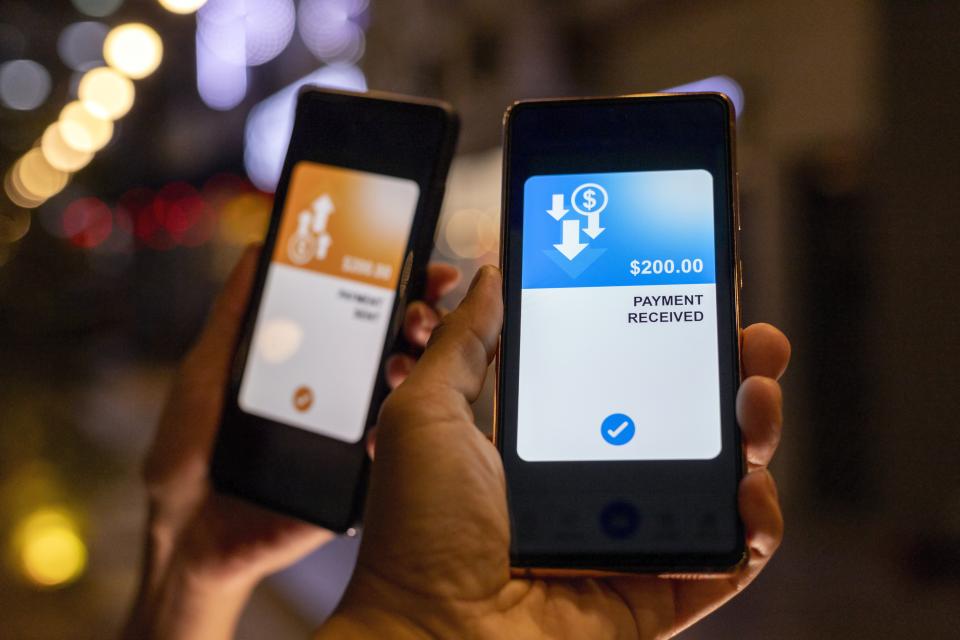Decoding Illicit Networks: Fintech Apps are New Frontier for Illegal Drug Trafficking
Drug dealers go digital, deeply embedded in Venmo

Venmo, the most popular peer-to-peer payment platform in the U.S., is widely recognized for its convenience in facilitating everyday financial transactions. Yet, as with many innovative services, it also presents unintended avenues for misuse.
I’ve co-authored a recently published study that sheds light on this complex issue, examining the intricate relationship between digital payment platforms and their potential exploitation for illicit activities.
I collaborated with UC Davis Assistant Professor Jörn Boehnke, and Ying Gu, a Ph.D. student at the University of Washington’s Foster School of Business, on the study, “Social drug dealing: how peer-to-peer fintech platforms have transformed illicit drug markets.” It was published in October 2023 in the Annals of Operations.
Understanding the Darker Side of Social Networks
Modern drug dealers have adopted social network platforms like Instagram and TikTok as direct-to-consumer marketing tools. For example, they upload short-lived videos and images showcasing their illicit merchandise accompanied by code words and emojis to entice potential buyers. Then they turn to fintech payment apps like Venmo to conduct financial transactions with their customers.
While predominantly expediting legitimate transactions, Venmo has attracted users who use the P2P network for illegal activities.
Our research findings are not an indictment of Venmo, but rather an observation of the adaptability of illicit markets to new technologies. In the realm of crime analytics, digital platforms have become the new frontier for illegal drug trafficking.
Our study identifies two primary types of Venmo users who may be involved in these activities:
-
Users with Mixed Activities: These individuals conduct both legitimate and potentially illicit transactions. Their network connections suggest a role in bridging disparate networks, which could inadvertently facilitate the spread of illegal activities.
-
Users with a Profile Similar to Traditional Drug Traffickers: These users are deeply embedded in the network, with many connections that give them a prominent role, similar to key players in traditional drug trafficking networks. However, unlike tight-knit criminal groups, their connections are more dispersed and less insular.
Methodology Behind Our Insights
To discern these patterns, we employed a sophisticated blend of machine learning combining text with network analytics. This comprehensive approach accounted for the nuances and complexities of transactional data, which often includes non-serious or ambiguous comments. Among 2 million Venmo users and 23 million transactions we analyzed over two years, more than 83,000 users were involved in drug-related transactions using coded language and emojis.
Deeper Understanding for Detection and Deterrence
Our research is pivotal for several reasons. It underscores the dual-use nature of fintech platforms and highlights the innovative ways in which such services can be co-opted.
More importantly, our research provides law enforcement and regulatory bodies with a deeper understanding of digital transaction patterns, aiding in the development of more effective countermeasures.
Future Investigation: Regulatory Frameworks
Our research opens avenues for further exploration. Questions about the evolution of these networks and the presence of similar trends across other digital payment systems or cryptocurrencies are ripe for investigation. Answers to these questions will be instrumental in shaping more robust regulatory frameworks for the digital economy.
Cracking Down on Digitized Crime
The intersection of technology and traditional crime presents both challenges and opportunities for innovation in crime prevention. While platforms like Venmo revolutionize financial interactions, they also highlight the need for ongoing vigilance and adaptive regulatory measures. Our study serves as a reminder to maintain awareness of our digital footprints and to engage with digital services responsibly.


